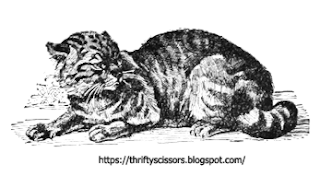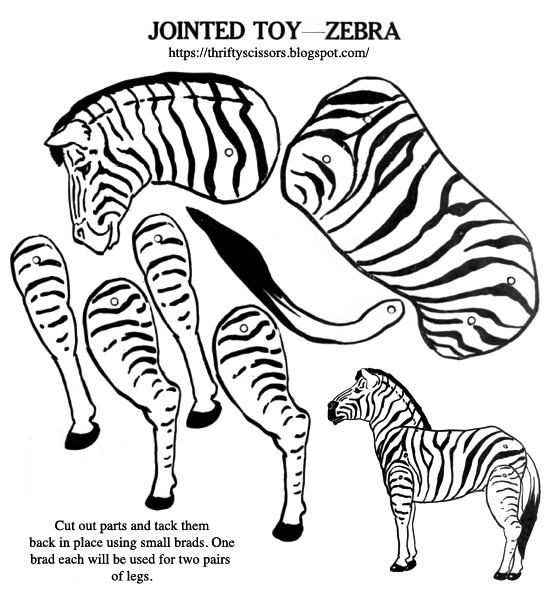A bat is a furry mammal having the fore limbs peculiarly modified so as to serve as wings. Bats are animals of the twilight and darkness and are common in temperate and warm regions, but they are most numerous and largest in the tropics.
11 Facts About Bats:
- All European bats are small and have a mouselike skin.
- The body of the largest British species is smaller than that of a mouse, but its wings stretch about fifteen inches.
- During the day it remains in caverns, in the crevices of ruins, hollow trees and other lurking places, and flits out at evening in search of food, which consists of insects.
- Several species of the same genus are common in North America.
- Many bats are remarkable for having a curious growth on the nose shaped something like a horseshoe. In some bats these growths resemble leaves, and in one species the entire nose looks like a flower.
- The eyes in most bats are very small, but they are keen.
- Bats may be conveniently classified in two sections: the flesh-eating, comprising all European and most African and American species, and the fruit-eating, belonging to tropical Asia and Australia, with several African forms.
- At least two species of South American bats are known to suck the blood of other mammals, and hence they are called vampire bats, though the name has also been given to a species not guilty of this habit.
- As winter approaches, in cold climates bats seek shelter in caverns, vaults, ruined and deserted buildings and similar retreats, where they cling together in large clusters, hanging head downward, and sleep until the returning spring recalls them to life.
- The brown bat of the United States, the heavy bat of the Eastern states, the big-eared bat of the Mississippi valley, the leaf-nosed bat and the lyre bat are common species.
- Bats belong to the order Chiroptera
More Bat Facts From The Web:
The types of bats pictured above with corresponding numbers.
1-2: Brown Long-eared Bat
3: Lesser Long-eared Bat
4: Lesser False Vampire Bat
5: Big-eared Woolly Bat
6-7: Tomes's Sword-nosed Bat
8: Mexican Funnel-eared Bat
9: Antillean Ghost-faced Bat
10: Flower-faced Bat
11: Greater Spear-nosed Bat
12: Thumbless Bat
13: Greater Horseshoe Bat
14: Wrinkle-faced Bat
15: Spectral Bat












